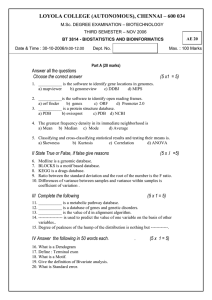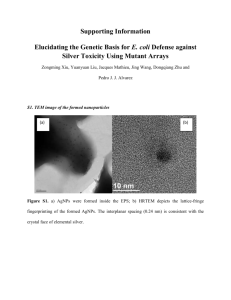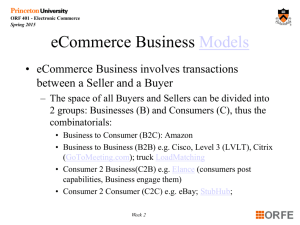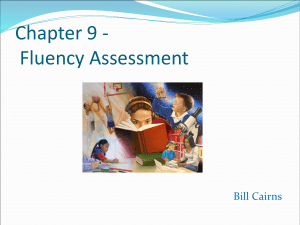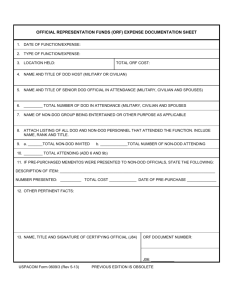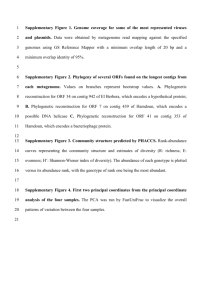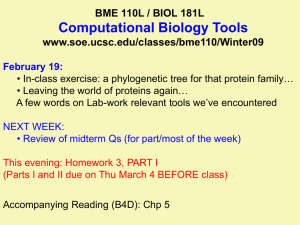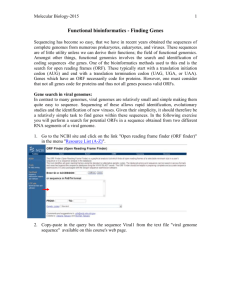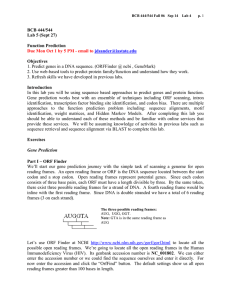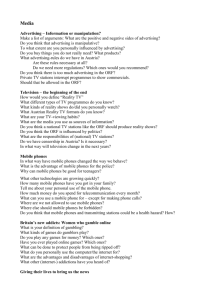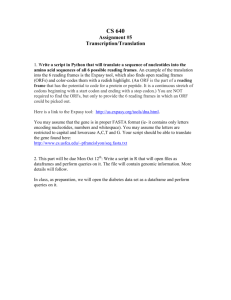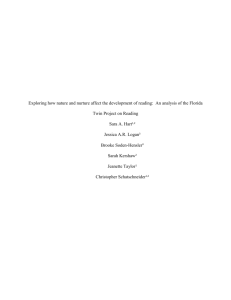Orf467F05Lec8TranspPlanning
advertisement
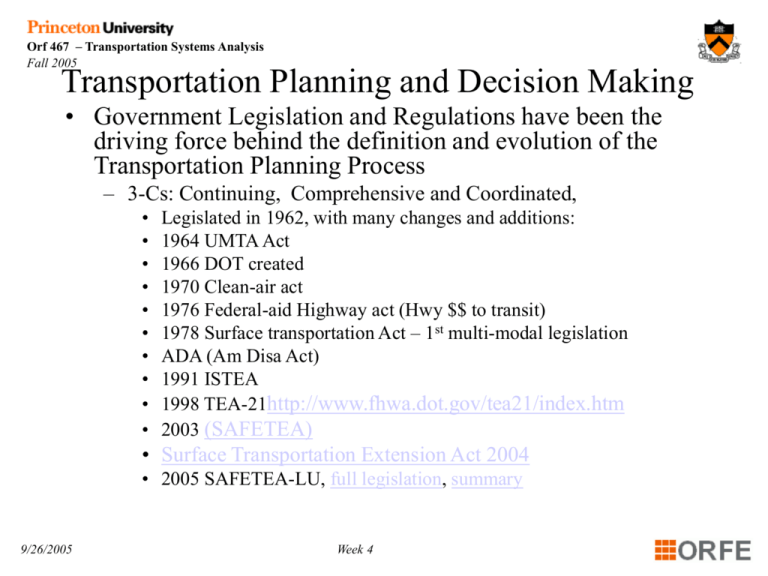
Orf 467 – Transportation Systems Analysis Fall 2005 Transportation Planning and Decision Making • Government Legislation and Regulations have been the driving force behind the definition and evolution of the Transportation Planning Process – 3-Cs: Continuing, Comprehensive and Coordinated, • • • • • • • • • • Legislated in 1962, with many changes and additions: 1964 UMTA Act 1966 DOT created 1970 Clean-air act 1976 Federal-aid Highway act (Hwy $$ to transit) 1978 Surface transportation Act – 1st multi-modal legislation ADA (Am Disa Act) 1991 ISTEA 1998 TEA-21http://www.fhwa.dot.gov/tea21/index.htm 2003 (SAFETEA) • Surface Transportation Extension Act 2004 • 2005 SAFETEA-LU, full legislation, summary 9/26/2005 Week 4 Orf 467 – Transportation Systems Analysis Fall 2005 Establishment of Transportation planning Organizations • Metropolitan Planning Organizations – $$ Flow through them to State DOTs for Implementation of most plans – Responsible for the 3C process – Continuing tug of war between MPOs and DOTs – MPOS bridge state lines 9/26/2005 Week 4 Orf 467 – Transportation Systems Analysis Fall 2005 Institutional Framework for making decisions • Players: MPOs, DOTs, local boards, • “back door” linkage to other policy initiative – Environment, energy, social, special interests 9/26/2005 Week 4 Orf 467 – Transportation Systems Analysis Fall 2005 Financial structure • • • • 9/26/2005 Use taxes (fuel, tires, registration Sales taxes and other general revenue Private/Public “Partnerships” Direct revenue: Fare box, Tolls, Advertising Week 4 Orf 467 – Transportation Systems Analysis Fall 2005 Planning and decision making process • Rational process leading to technical revolutionary solutions – Often unimplementable • Need evolutionary based on political consensus 9/26/2005 Week 4 Orf 467 – Transportation Systems Analysis Fall 2005 Conceptual Models of Decision Making • Rational Approach – Need comprehensive knowledge and selection of the “Optimal” solution • Satisfying Approach – Minimize harm while providing at least some benefit • Incremental Approach – Take small steps with limited info doing limited harm; focus on those that differ from existing policies • Organizational process Approach • Political Bargaining Approach – Search for consensus among the many participants, get everyone to buyin, make them feel like they own it/thought of it. 9/26/2005 Week 4 Orf 467 – Transportation Systems Analysis Fall 2005 Characteristics of a Decision-Oriented Planning Process • • • • • • • 9/26/2005 Establish a future context Respond to different scales of Analysis Expand the scope of the problem definition Maintain flexibility in Analysis Provide constant feedback Relate Programming and Budgeting Processes Provide for Public Involvement Week 4 Orf 467 – Transportation Systems Analysis Fall 2005 Development of a Decision-Oriented Transportation Planning Approach Problem Identification Debate and collective decision making Implementation Evaluation and Feedback For details: Click on: Part 2: Planning and Analysis Tools of Transportation Demand and Investment For more background see: http://www.epa.gov/otaq/transp/modlmeth.pdf 9/26/2005 Week 4
